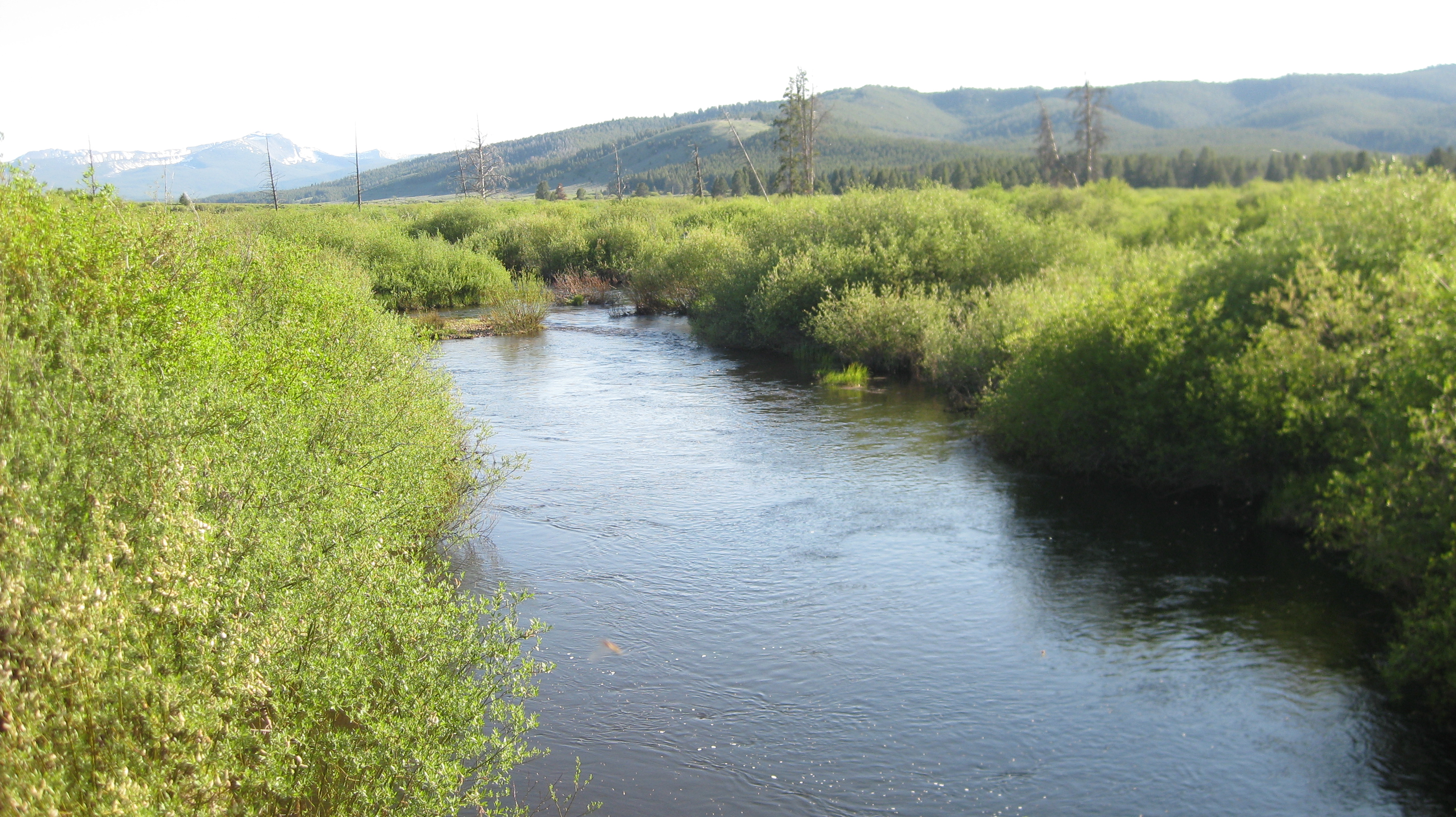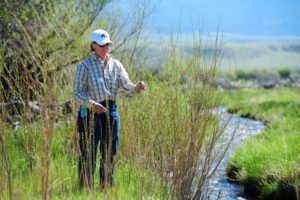By Jessie Walthers, Conservation Program Manager Groundhog Day. Who doesn’t love this most random of…

Ranching for Rivers
This blog is courtesy of Soil & Water Conservation Districts of Montana (SWCDM)
This past winter/spring, SWCDM partnered with the Missouri River Conservation Districts Council to launch a pilot program called Ranching for Rivers which helps ranchers develop riparian pastures on their lands by providing 50% cost-share for riparian fencing and related infrastructure (water gaps, off-site tanks, etc) projects. Check out the new video about riparian pastures! Ranching for Rivers Video
Unlike complete exclusion, riparian pastures are intended to be grazed during some portion of the year, which can provide a number of benefits to the rancher, water resource, and riparian habitat alike. Common benefits of riparian pastures, to name just a few, include improved management flexibility, shelter for animals, increased riparian habitat diversity (including cottonwoods and other woody plants important for stabilizing stream banks), improved fisheries habitat and water quality, improved management of weeds and overgrown vegetation through grazing, and greater wildlife access to streams.
Five projects were funded through this pilot program, which together resulted in over 10 miles of riparian pasture/fencing projects on the Missouri and Milk Rivers. One of the program participants was Dick and Connie Iversen, Richland County ranchers near Culbertson.
When the floods of 2011 hit the Iversen’s place on the Missouri River, they lost a lot of land to either erosion or sand deposition. But they noticed two things after the floods: first, the banks with trees fared much better and had less erosion than the banks without trees; and, second, the areas that flooded the worst were sprouting up a lot of new cottonwood seedlings. Dick estimates that there are over 200 acres of new cottonwoods that he is now trying to manage.
To protect both his streambanks and these cottonwood regeneration areas, Dick decided to install new fences (and replace those lost) along the river pastures in order to better control grazing in his riparian areas. In some places, the fences are to keep cattle out of regeneration areas, and in others he will control grazing to manage for balanced regeneration. Dick also installed a water tank to help manage river access in these pasture areas.
In all, the Iversens have three to four miles of river frontage where grazing will be managed through riparian pastures. The entire project cost the Iversens upwards of $30,000, which was made much more affordable by the 50% cost-share provided by the Ranching for Rivers program.
If you or your Conservation District are interested in learning more about this program, or future Ranching for Rivers funding opportunities, please contact Rachel Frost at mrcdc@macdnet.org or Ann McCauley at ann@macdnet.org. Thank you to Rachel Frost and the Missouri River Conservation Districts Council for bringing this program to fruition and coordinating with landowners, MRCDC member districts for their participation, and the Montana Department of Environmental Quality for project funding.

Here is another great river friendly, ranching success story:
Conservation in Montana: Endecott Ranch 06/16/2017: The Montana Department of Natural Resources and Conservation (MDNRC) has recently published a story on Janet Endecott of McAllister, Montana, who worked with the Madison Conservation District to install water tanks, fencing, and a hardened creek crossing in order to restore South Meadow Creek on her property, while also improving her cows’ health and the health of her grazing pastures.
The Flathead Conservation District also works to support landowners in efforts to be better stewards of our natural resources here in the Flathead Valley. The District’s Landowner Assistance Programs provide landowners with cost-share assistance to support implementation of conservation practices on private property. Contact the office 406-752-4220 with any questions.



